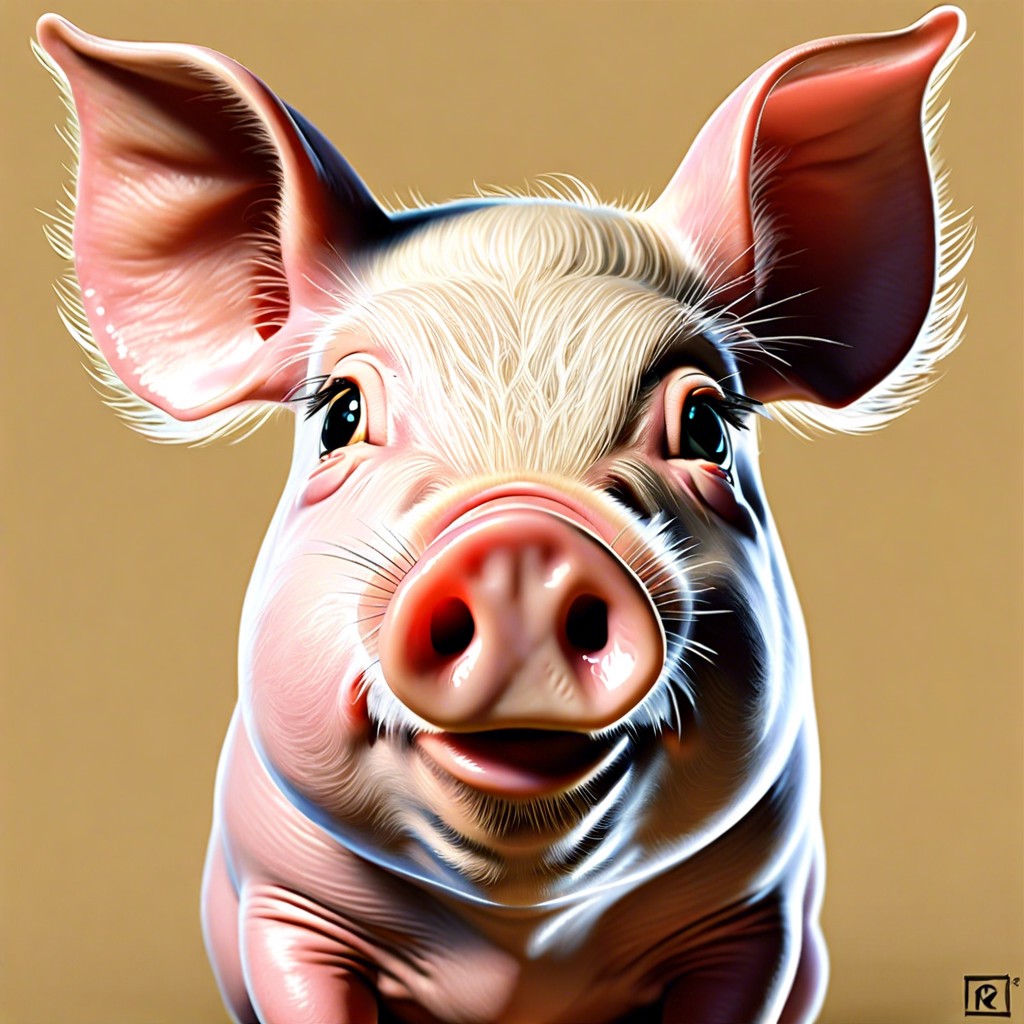Last updated on
Discover the surprising size range of rats and what factors influence their growth.
Key takeaways:
- Rat sizes can vary depending on species and environment.
- Common pet rats are typically 9 to 11 inches in length.
- Wild rats can be leaner and smaller due to harsh living conditions.
- Some rat species, like the Bosavi woolly rat and Gambian pouched rat, can grow exceptionally large.
- Environmental factors can influence rat size and physical traits.
Understanding Rat Sizes: An Overview
Rats, a common name for rodents of the Rattus genus, exhibit a remarkable range of sizes depending on species and environment. Typically, the size of a rat can be influenced by factors such as genetics, availability of food, and habitat.
For clarity, rat sizes are usually described in terms of body length and weight. The body length includes the head and the body but excludes the tail, which can sometimes be as long as the body itself. Weight, on the other hand, provides a good indication of the overall size and health of the animal.
It is important to remember that there can be significant size variation within the same species due to external factors. Understanding these basics provides a foundation for discussing and comparing the sizes of both common and exceptionally large rat species.
Size Comparison of Common Pet Rat Species and Common Wild Rat Species
Common pet rats, typically the Fancy rat, derive from the brown rat species and usually measure between 9 to 11 inches in length, excluding their tail, which can be an additional 7 to 9 inches. They are known for their diverse color and coat variations and have been selectively bred for domestic life, which moderates their size.
On the other hand, wild rat species such as the brown rat and the black rat dominate their environments by surviving in a variety of conditions, from cities to countrysides. The brown rat, larger of the two, can grow up to 10 inches long with a similar tail length, while the black rat is slightly smaller, usually not exceeding 8 inches in body length with a longer, thinner tail.
The size differences often reflect their living conditions and accessibility to resources like food, with wild rats generally appearing leaner and occasionally bigger due to harsher living conditions that demand more robust survival attributes. In contrast, pet rats are often plumper and smaller, given their consistent diet and protected environments.
The Giants Among Rats: A Look At Exceptionally Large Rat Species
Some rat species stand out due to their unusually large size, capturing both fascination and alarm. The Bosavi woolly rat, discovered in the rainforests of Papua New Guinea, is one such example. This species can reach up to 32 inches in length and weigh around 3.3 pounds, roughly equivalent to a small domestic cat.
In South America, the Gambian pouched rat is another giant, known not only for its size—typically reaching up to 3 feet in length including the tail—but also for its unique cheek pouches, which are used to carry food and materials to build nests. Interestingly, their size has made them useful in humanitarian efforts, such as detecting land mines.
These large species contrast sharply with the more familiar brown and black rats, emphasizing the diverse adaptability and evolutionary paths within the genus. Their considerable size can be attributed to factors like isolation, lack of predators, and availability of resources in their respective environments. This illustrates a key point in how different conditions can lead to significant variations in physical traits among closely related species.



